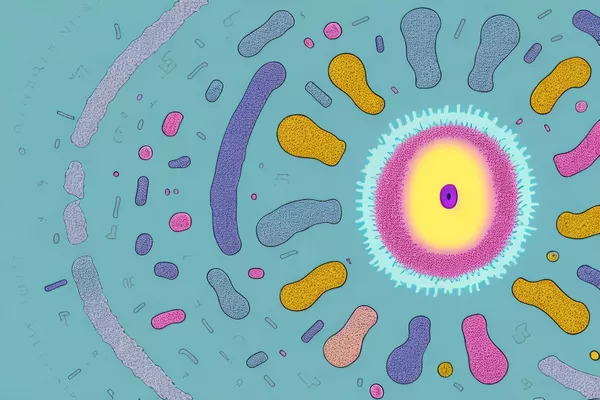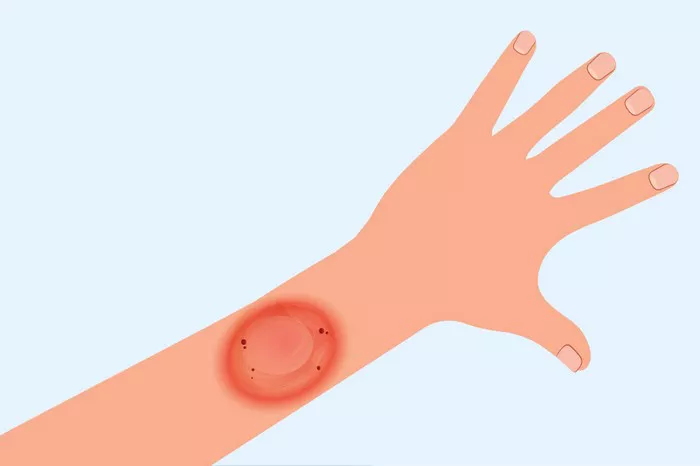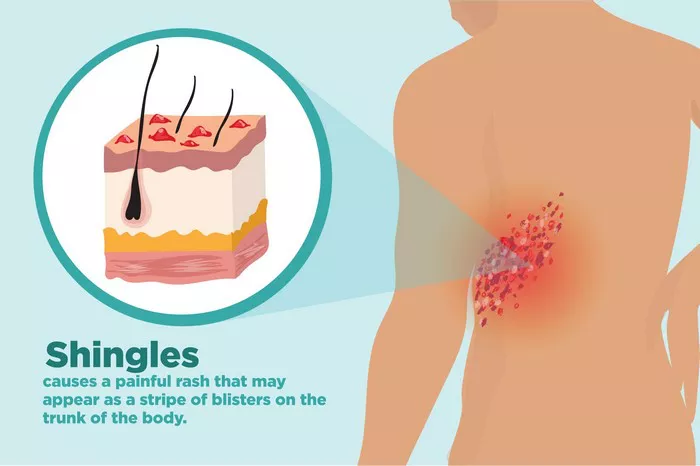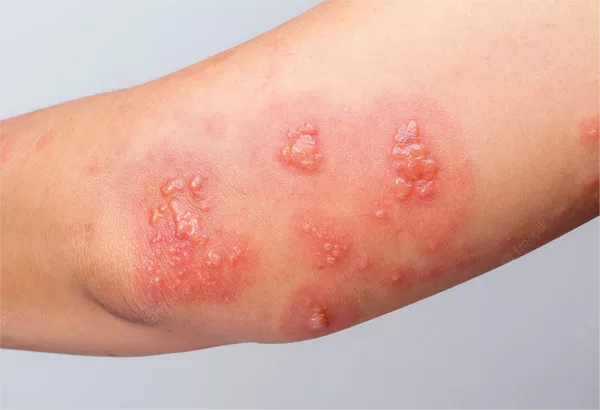Ringworm is a common fungal infection that affects the skin, hair, and nails. Despite its name, it is not caused by a worm but by a type of fungus. The infection typically begins with a small area of redness and can spread to form more noticeable patches. Understanding how ringworm starts out looking can help with early identification and treatment. In this article, we will describe the initial signs of ringworm and how it progresses.
What is Ringworm?
Ringworm is caused by fungi known as dermatophytes. These fungi thrive on keratin, a protein found in the skin, hair, and nails. The infection is highly contagious and can spread through direct contact with infected skin or contaminated objects. People of all ages can develop ringworm, but it is especially common in children.
Early Symptoms of Ringworm
The initial appearance of ringworm can vary depending on the part of the body affected. However, there are some general signs that can help you recognize it early.
At first, you might notice a small, red spot or patch on the skin. This spot is typically round or oval in shape, which is why the infection is often called “ringworm.” The edges of the patch are raised and may be more inflamed than the center. As the infection spreads, the skin in the center of the patch may start to clear up, leaving behind a ring-like appearance.
Skin Changes in the Early Stage
When ringworm first appears, the skin may become irritated. This can cause:
- Redness or pinkness
- A dry, scaly appearance
- Mild itching or discomfort
The area may feel slightly warm to the touch, but in the early stages, the itching is usually mild. Some people may also notice small blisters or bumps around the edges of the ring-shaped patch.
How Ringworm Looks on Different Parts of the Body
Ringworm can appear differently depending on where it appears on your body. Let’s look at how it starts out on various parts of the body.
On the Skin (Tinea Corporis)
When ringworm affects the skin, it usually starts as a small, red, itchy patch. This patch grows outward in a circular shape, which creates the “ring” that gives the infection its name. The edges of the ring may look raised, while the center may start to heal and appear lighter in color. As it spreads, you may notice more rings forming around the original spot. These rings can overlap, forming larger patches.
On the Scalp (Tinea Capitis)
Ringworm on the scalp often begins as a small, round, red patch of skin. This area may be scaly, and some people may notice hair loss in the affected spot. The hair in the area may become brittle or break off easily. In more severe cases, the scalp can become inflamed and tender, and pus-filled bumps may develop.
Between the Toes (Tinea Pedis)
Ringworm that affects the feet, especially between the toes, may start as dry, cracked, or peeling skin. It often begins with mild itching and discomfort. The skin between the toes may become red, and the infection can cause blisters or sores to form. The skin may become thickened or swollen in later stages if left untreated.
On the Groin (Tinea Cruris)
When ringworm affects the groin area, it typically starts as a red, itchy rash. The skin may become inflamed, and the edges of the rash may appear more raised and scaly. In some cases, the infection may spread to the inner thighs or buttocks, causing further discomfort.
On the Nails (Tinea Unguium)
Ringworm on the nails may begin with subtle changes in nail color or texture. The affected nail may become thicker, discolored (usually yellow or white), and brittle. The nail may also become rough and start to separate from the nail bed. In severe cases, the nail can completely detach from the finger or toe.
How Fast Does Ringworm Spread?
Ringworm typically starts as a small, isolated patch. However, if the infection is not treated, it can spread quickly to other areas of the body. The fungus can spread through direct contact with an infected person or animal, or by touching contaminated surfaces, such as towels, clothing, or bedding.
As the infection spreads, the ring-shaped patches may become larger. New rings may form around the original patch, and the skin in the middle may start to heal, creating a clearer, less irritated center. This can give the infection a characteristic “ring” appearance.
In some cases, the infection may not form distinct rings but instead appear as a patch of irritated, inflamed skin. The edges of the patch may still be raised, and the skin may be scaly or cracked.
Other Signs to Watch For
While the most common signs of ringworm are redness, scaling, and a ring-shaped appearance, there are other symptoms that may appear as the infection progresses.
Itching: In the early stages, itching may be mild, but as the infection spreads, the itching can become more intense.
Blisters: Some people develop small fluid-filled blisters around the edges of the infection. These may break open, causing crusting and scabbing.
Crusting: In more severe cases, the skin may become thickened, cracked, or crusty. The edges of the ring may look more defined, and the skin can become painful.
If the infection is left untreated, it can spread to other areas of the body or worsen in the affected area, causing more severe symptoms. It can also lead to complications, such as bacterial infections if the skin becomes broken.
What Causes Ringworm?
Ringworm is caused by dermatophytes, which are a type of fungus that thrives on keratin. These fungi are highly contagious and can be spread through direct skin-to-skin contact or by touching contaminated surfaces. Animals, especially pets like cats and dogs, can also carry the fungus and pass it on to humans.
The fungi that cause ringworm can survive on surfaces for extended periods, which means you can catch the infection from shared spaces like gyms, swimming pools, or locker rooms. It’s also important to be cautious around infected pets, as they can easily pass on the fungus to humans.
Treatment and Prevention
If you notice the early signs of ringworm, it’s important to seek treatment right away. Ringworm can usually be treated with antifungal creams, powders, or ointments that are available over the counter. In more severe cases, a doctor may prescribe oral antifungal medication.
To prevent the spread of ringworm:
- Keep your skin clean and dry
- Avoid sharing towels, clothes, or personal items
- Treat infected pets
- Wash your hands regularly, especially after touching animals or people who may be infected
- Wear flip-flops or sandals in public places like showers or swimming pools
When to See a Doctor
If you notice any of the following signs, you should see a doctor:
- The ringworm doesn’t improve with over-the-counter treatment
- The infection spreads to large areas of your body
- The infection causes significant pain or discomfort
- The skin becomes swollen, or you develop pus-filled bumps
- You have a weakened immune system, which may make you more susceptible to infections
A doctor can provide a more targeted treatment plan, especially if the infection is severe or resistant to over-the-counter antifungal treatments.
Conclusion
Ringworm is a common fungal infection that can start out looking like a small, red, itchy patch. Over time, the infection may spread to form ring-like shapes with raised edges. The appearance can vary depending on where the infection occurs on the body, but it usually starts with a small area of irritated skin that becomes more noticeable as it spreads. Early identification and treatment can help prevent the infection from worsening. If you notice any unusual skin changes, it’s important to get medical attention as soon as possible to prevent complications.
Related topics:


























